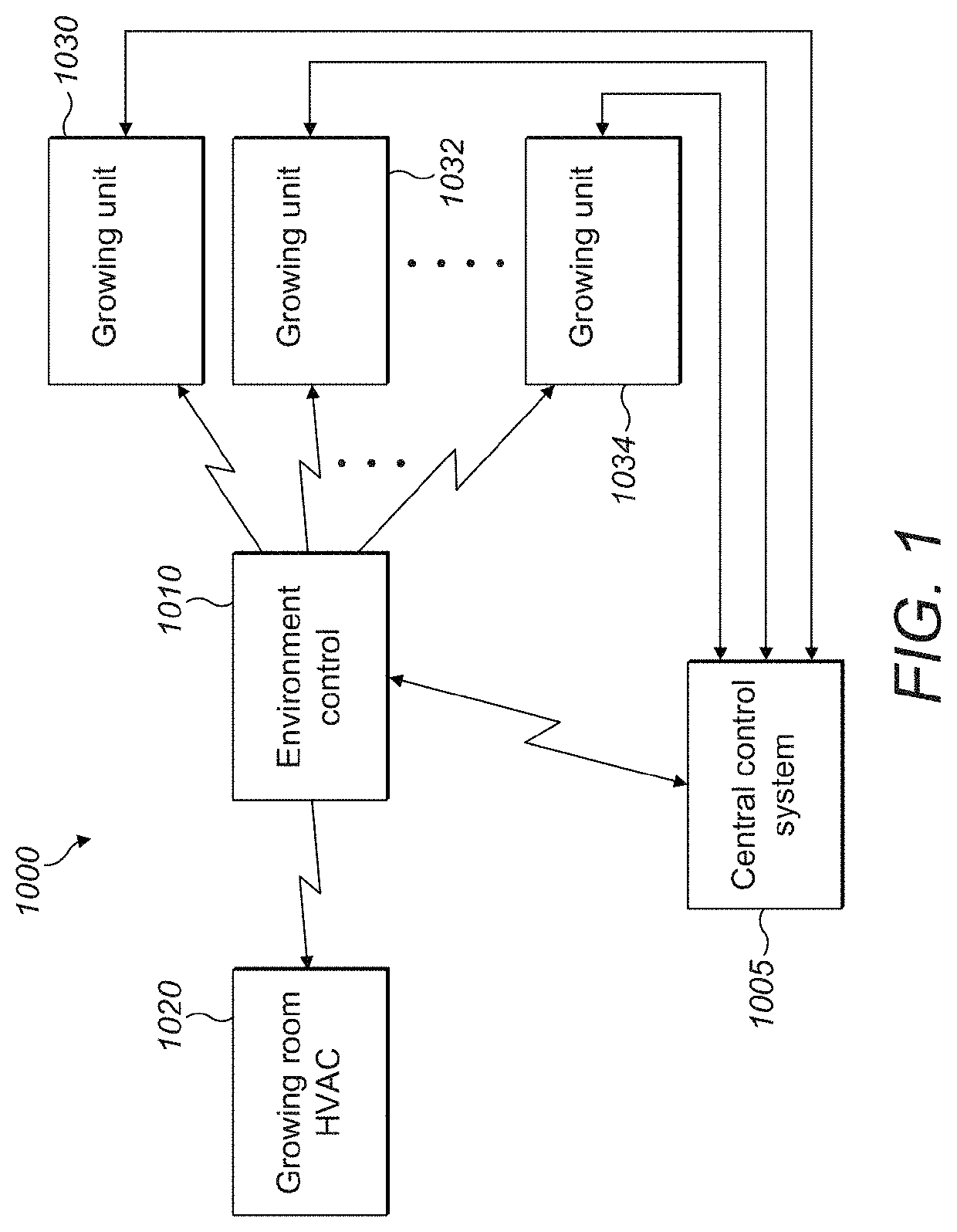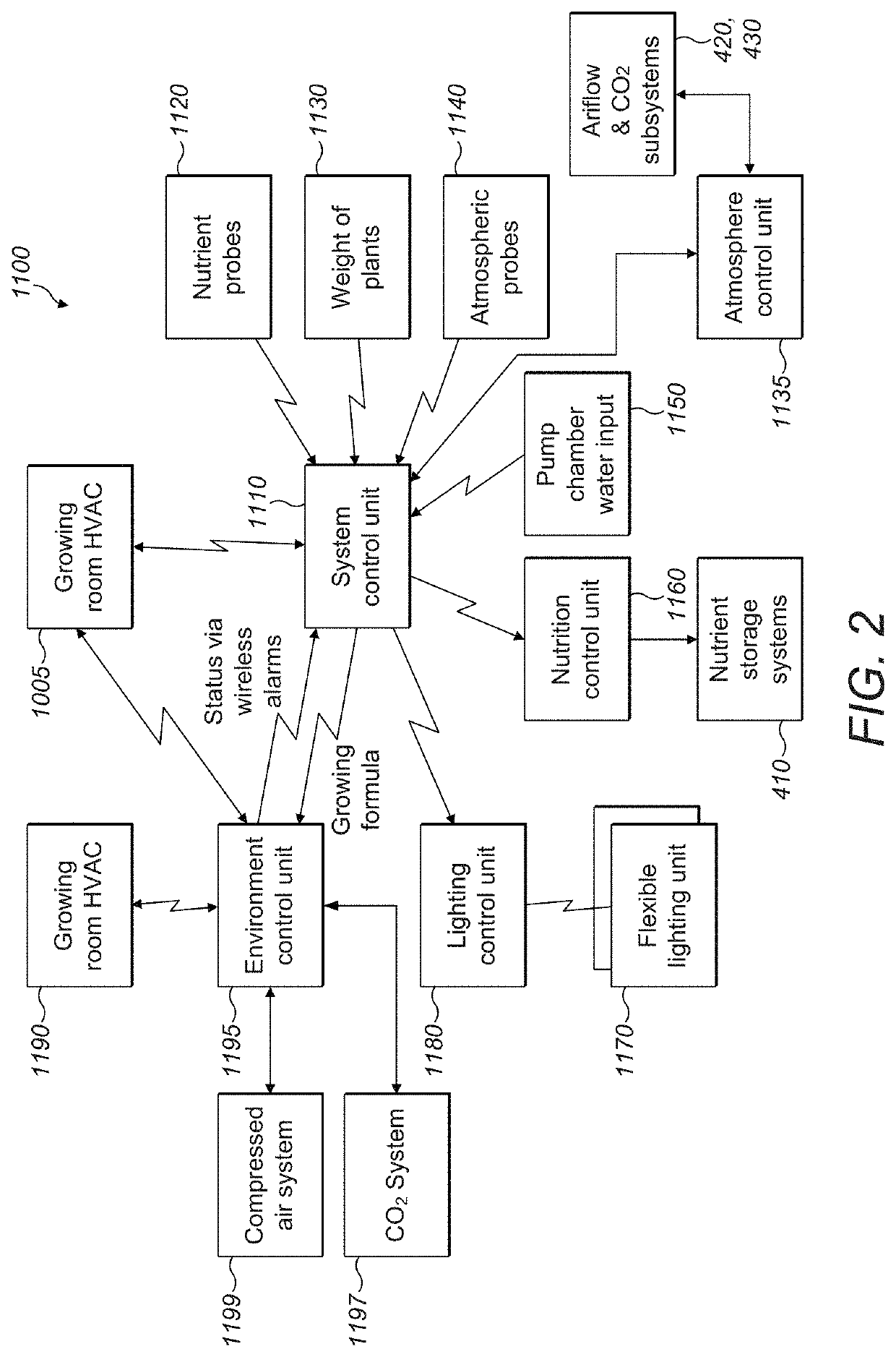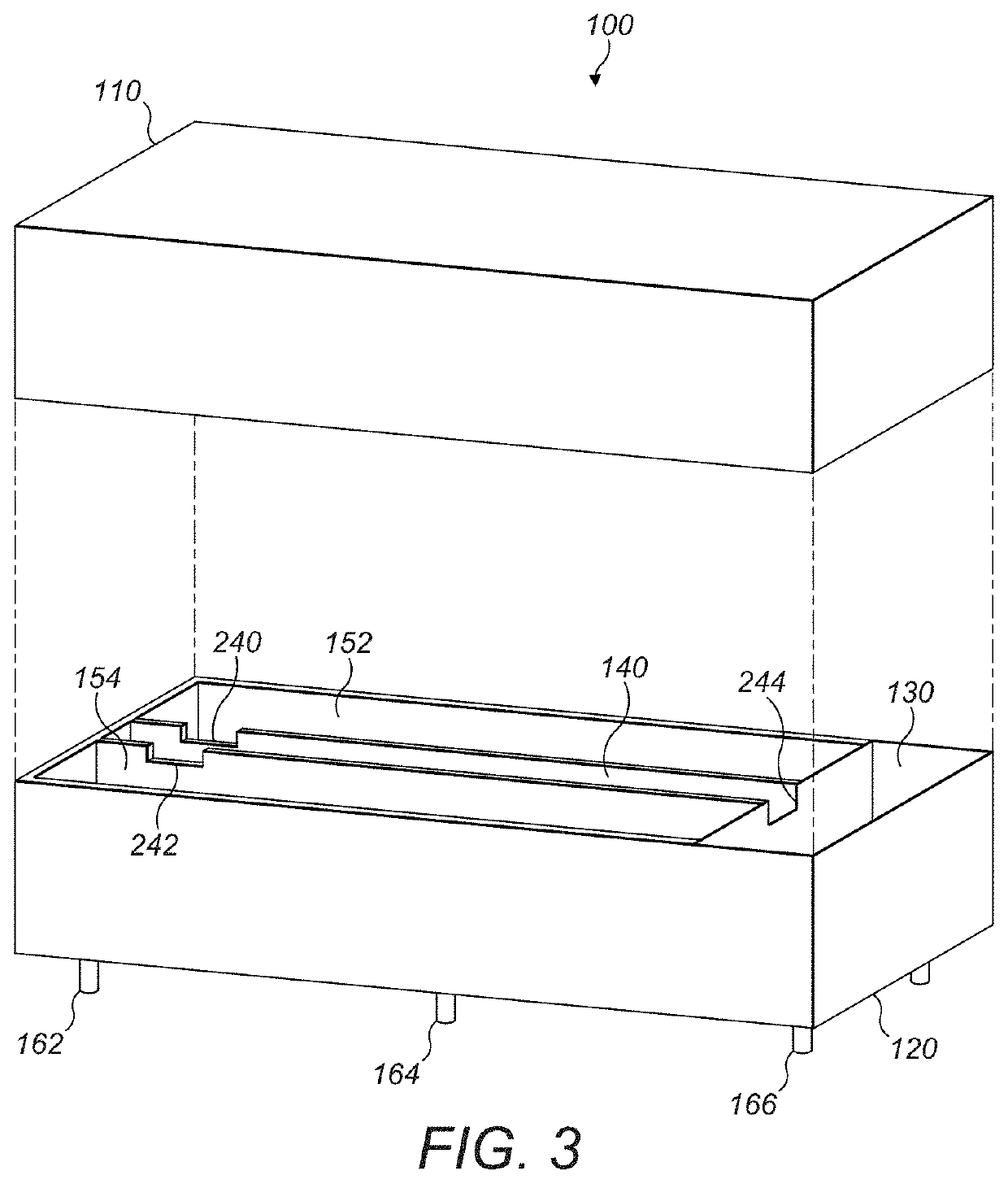There is a significant carbon cost to moving vegetables from where they are grown and where they are eaten, such that upwards of 60% of the final product cost is the movement of vegetables.
With this volume of demand the farmer, is under huge pressure to produce, But weather,
disease, and insects are out of the control of the farmer and can only be responded to.
Mitigating these risks have led to many innovations, as well as introduced new risks and problems.
Once planted and the
crop starts to grow, a heat wave, rain
storm, hail
storm or some other weather pattern will damage or destroy the
crop prior to harvest in just a few days.
Insects can destroy a
crop or seriously affect the visual quality of the vegetable.
Each category has many details and innovations and creates new risks and challenges.
This leads to a loss of diversity of choice for any particular vegetable.
The loss of diversity means that different flavors, textures, colors are also lost.
Without this natural means of keeping out insects,
Monoculture farming requires large amounts of insecticides to control insects.
A major loss in yields were to insects.
While not necessarily proven as fact in every instance, pesticides are “felt” to be harmful to people and the environment.
Fertilizers are designed to be used in soil, and therefore, will generally damage a
plant when touching the
plant.
The amount of
fertilizer used by the plant and
fertilizer lost to the environment is very difficult to accurately measure.
Thus, the farmer typically over-fertilizes.
The excess fertilization typically ends up in the water
system and harms the eco-
system.
Further, fertilizers feed weeds, which require the use of herbicides to remove.
Like
fertilizer, herbicides spread outside the targeted area and affect untargeted plants.
There is some concern that insects such as bumblebees are adversely affected.
Further, if a particular
disease or pest can affect one
single plant, then it can possible affect all the other plants as they also will be vulnerable to their
attack.
An infected plant, in this
scenario, will be surrounded by infected plants, which will lead to the destruction of the entire crop.
If plants are too close, rain water won't reach the roots uniformly, bottom leaves of the plants will not receive light, and depending on the plant itself, the plant may not form properly.
The
capital cost of this form of
irrigation system is large and there are many technical problems, the most common being the water is not delivered because the holes are blocked by insects, fertilizer, and other debris.
Another difficulty is that once the system is in place,
tilling of the soil and removing dead plants can damage the
irrigation system.
Typically, the soil is fertilized prior to the planting, Once the plants are growing, it is difficult to deliver the fertilizer, and the fertilizer can damage the plants.
In one time harvesting the crop is
cut and the plant destroyed.
But the need for harvesting skills, long grow times, and short growing seasons make the method impractical for most commercial agriculture operations.
When done by hand, its labor intensive, and by
machine capital intensive.
Full red,
vine-ripened tomatoes may be ideal to meet the needs of a roadside stand, but totally wrong if the fruit is destined for long distance shipment.
The result of harvesting at an inappropriate stage of development can be a reduction in quality and yield.
Unfortunately, plants within a specific field will not be consistent due to factors like seeds, water distribution, and
weather patterns, fertilizer distribution, to name a few items.
Once the harvest date is set, the weather can seriously
impact the ability to actually perform the harvest.
For example, a severe
thunderstorm would stop a harvest due to danger of the harvesters while a severe heat wave would damage the produce during the harvest.
If harvested too late in the day, they become limp and wilt quickly, having evaporated much of their
moisture and absorbed the midday heat.
It has been estimated that more than 40% of perishable commodities are lost after harvesting through
post production since they are living, respiring tissues that start senescing immediately at harvest.
Water loss after harvest is one of the most serious
postharvest conditions.
Consequently, special effort is required to reduce the effects of these naturally-occurring processes if quality harvested in the field will be the same at the
consumer level.
It makes little difference what the quality is at harvest if it is reduced by poor handling, packaging or storage conditions.
Since cooling is slow, shipments may be delayed or in some cases the product may be shipped without adequate precooling.
Certain commodities, such as snap beans, may deteriorate before cooling is accomplished.
One of the major problems encountered during storage of certain vegetables is
chilling injury.
Products stored at less than optimum
relative humidity will suffer excessive water loss and begin to shrivel.
Many vegetables are unacceptable for marketing if
weight loss reaches 5% because of their undesirable appearance and undesirable textural changes that may accompany water loss.
Storage of different cultivars together may or may not be safe.
There are general problems that are consistent with all types of hydroponic systems.
These values and pipes consistently fail and require maintenance.
The
algae will clog and blog and damage equipment, and when it dies, it creates a smell.
These salts will remain and damage the equipment, and require flushing.
This may eventually cause a toxic buildup of mineral salts in the growing media or the reservoir.
In NFT systems, the plants are very sensitive to interruptions in the flow of water and wilt very quickly any time the water stops flowing through the system.
5)
Aeroponics is the most technically challenging hydroponic system using little to no growing media.
Misting systems frequently clog from build-up of the dissolved mineral elements in the
nutrient solution and the plants roots are vulnerable to
drying out if there is any interruption in the watering cycle.
Wick systems do not work well for plants that need to drink up great quantities of water.
Greenhouses become very hot in warmer temperatures and need significant ventilation.
In colder temperatures, they need to be heated and are expensive to operate.
When CO2 levels are low inside the plant, the guard cells
gain water and become turgid.
Oxygen requirements for plants in flower tend to be more demanding in comparison to vegetative states.
Often the first sign of inadequate
oxygen supply to the roots is
wilting of the plant under warm conditions and high light levels.
Insufficient
oxygen reduces the permeability of the roots to water and there will be an accumulation of toxins, so that both water and minerals are not absorbed in sufficient amounts to support
plant growth.
Therefore, the distance from the
light source and the plant is significant.
However, it does not distinguish between any specific
nutrient and thus is only useful as an approximation of relative
Nutrient Solution density.
Current
ion-selective measurement becomes distinctly inaccurate in the presence of many different ions, such as can be found in the
Nutrient Solution, thus rendering it a potentially inaccurate method for knowing the specific ppm of a particular
nutrient.
This affects
Nutrient Solution take-up resulting in the amounts of nutrients absorbed by a plant, which will increase the vitamins and the weight of the plant.
Prolonged light will damage
plant roots, and high temperature in the root zone will cause
heat stress to plants, as well as fruit and flower drop as a result of
heat stress.
Damage to cells near
cut surfaces influences the
shelf life and quality of the product.
For lettuce, discoloration of the
cut surfaces is a major quality defect.
Cutting stimulates enzymes involved in phenolic
metabolism which in turn leads to the formation of undesirable brown pigments.
With lack of
oxygen, anaerobic
metabolism occurs resulting in off-odors and other quality problems.
With the LED technology in the current embodiment, this is limited to within 1 inch of the
plant canopy.
As CO2 greater than 1,500 PPM is considered dangerous to humans.
The unit will run on battery power during high cost periods.
For example, the Environmental
Control Unit 1010 anticipate through its
algorithm, when the Nutrient Levels are low, if however, it receives a message that a nutrient level in a specific container is low, there is the possibility of a physical failure in the unit.
The failure will require a maintenance check of the unit.
Some potential causes of the failure could a. process unit failure, a Nutrient Container not refilled correctly, nutrient amounts are not being dispensed correctly, plants growing slower or faster than anticipated, or leaks in the system.
The most significant failure is loss of
electricity to the unit, which will mean the pump will fail, no nutrients will be added to the
Nutrient Solution, and the Flexible Lighting Unit 900 will remain dark.
 Login to View More
Login to View More  Login to View More
Login to View More 


